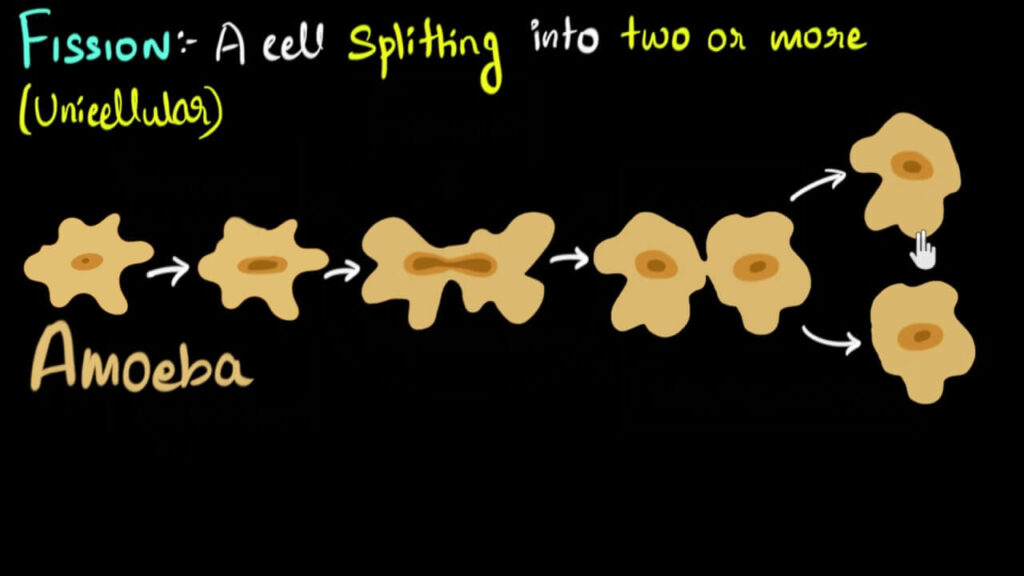
10 Difference between binary fission and multiple fission
Binary fission and multiple fission are two ways cells reproduce. Binary fission divides a parent cell into two identical daughters, while multiple fission creates many offspring from a single parent. Let’s understand 10 Difference between binary fission and multiple fission.
10 Difference between binary fission and multiple fission
Let’s dive into 10 Difference between binary fission and multiple fission with proper explanation for you:
Complexity of Division: Binary fission is a simple process where a single cell divides into two identical daughter cells. On the other hand, multiple fission is more complex, resulting in the division of a single cell into multiple daughter cells, often more than two.
Number of Daughter Cells: Binary fission produces two daughter cells that are identical to the parent cell. In contrast, multiple fission results in the formation of multiple daughter cells, which may or may not be genetically identical.
Reproduction Rate: Binary fission is a fast form of reproduction, allowing for rapid population growth, as each division results in two new cells. In contrast, multiple fission is slower as it involves the formation of multiple daughter cells in a single division.
Also Read: Discover Ten Key Difference between Virus and Viroids
Parental Cell Size: During binary fission, the parent cell usually divides into two equal-sized daughter cells. However, in multiple fission, the parent cell may divide into multiple smaller daughter cells, depending on the species and environmental conditions.
Occurrence in Organisms: Binary fission is commonly observed in prokaryotes like bacteria, as well as in some eukaryotic organisms such as protozoa. Multiple fission, on the other hand, is typically seen in certain eukaryotic organisms like some protozoa and algae.
Genetic Diversity: Binary fission results in genetically identical daughter cells, as they are direct copies of the parent cell. In contrast, multiple fission can result in genetically diverse daughter cells due to genetic recombination or exchange during the process.
Environmental Conditions: Binary fission can occur in various environmental conditions, as it is a simple and efficient form of reproduction. However, multiple fission may be triggered by specific environmental cues, such as changes in temperature, nutrient availability, or light conditions.
Also Read: Aunt Love: A Poem of Admiration and Gratitude
Offspring Size: Binary fission produces offspring that are similar in size to the parent cell. In multiple fission, the size of the daughter cells may vary, depending on the species and conditions, and can be smaller or larger than the parent cell.
Cellular Differentiation: Binary fission does not involve cellular differentiation, as the daughter cells are identical to the parent cell. In contrast, multiple fission may involve cellular differentiation, where different daughter cells may have distinct roles or functions.
Energy Investment: Binary fission typically requires minimal energy investment, as it is a simple process that only involves the division of a single cell. However, multiple fission may require more energy investment, as it involves the formation of multiple daughter cells and may require additional cellular processes, such as genetic recombination or exchange.
Also Read: Discover the Ten Difference between Partnership and Company
Binary fission and multiple fission are two different forms of cell division that vary in terms of complexity, number of daughter cells, reproduction rate, parental cell size, occurrence in organisms, genetic diversity, environmental conditions, offspring size, cellular differentiation, and energy investment. Each process has its advantages and disadvantages depending on the organism and the environmental conditions, and understanding these differences can provide insights into the diverse reproductive strategies employed by different organisms in nature.
Watch the video: